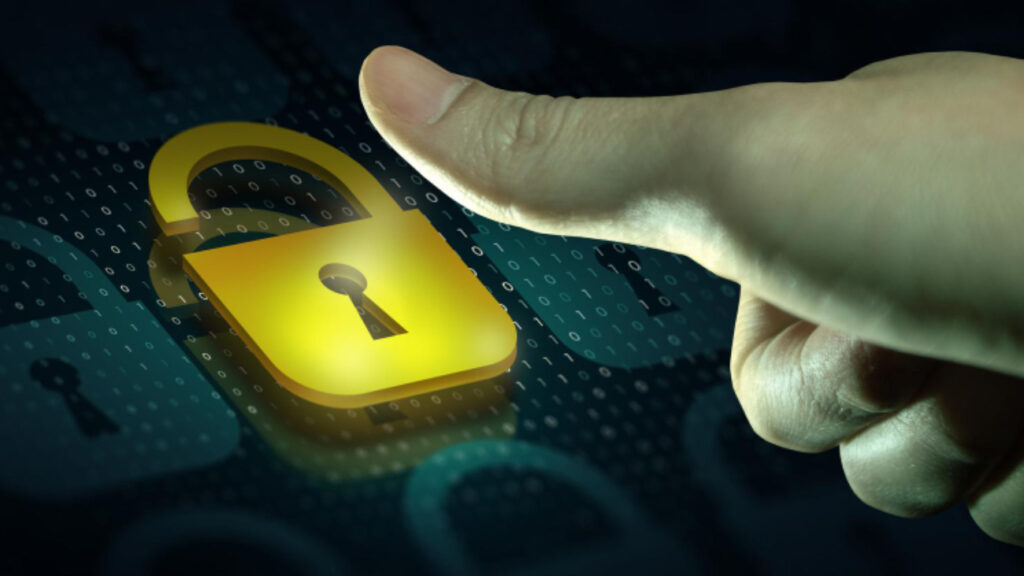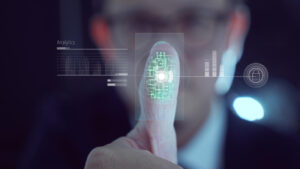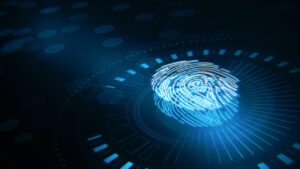Biometrics is well-known and refers to the science by which people can be identified based on physical or behavioural characteristics noted by Bahaa Abdul Hadi. Biometric fusion refers to the use of information from different sources. It can be applied in multi biometric systems to make biometric identification more effective.
Biometric fusion concepts
An issue with biometrics is the risk of spoofing. Hackers can use a fake biometric trait to try and spoof the system. A new identity can be created to fool the system. This is why multi biometrics came into vogue. Information is taken from multiple sources to make the system foolproof. For example, both fingerprint and iris scanning can be used together in a multi biometric system. The fusion of two traits helps to enhance security.
Applying Biometric fusion in Public transportation
Public transportation systems like buses and trains usually have a ticketing or smart card systems for passengers to buy tickets. Biometrics makes this easier for the public transport agency and for commuters. Passengers can be identified using biometrics. They can have an account in their name where they have funds. The ticket price would be deducted from their account once biometric authentication is done.
To make the system secure and to ensure that there is no spoofing, biometric fusion can be used. Two or more traits can be used to carry out identification. Fingerprint scanning through a scanner and facial or iris scanner through a camera can be used. Using two sources for biometric identification makes the system secure and ensures correct identification. While iris scan can take time, facial scan is easier to implement.
A biometric fusion system based on facial and fingerprint scan would be ideal in public transportation systems. This is how such a system could work:
- The passenger enters the public transport where the biometric scanners are kept at the entrance.
- The passenger places the finger on the fingerprint scanner while looking into the camera at the same time. The entire process can be completed in a couple of seconds.
- The passenger’s fingerprint is scanned and biometric data obtained. It is then compared with the database for identification.
- At the same time, the camera scans the face and obtains biometric data to check against the database.
- When both the data tallies, identification is complete. The system then checks the balance and deducts the fare amount. If identification fails or if there is no balance, an alert is sounded. The passenger would then need to pay for the ticket.
The article has been written by Bahaa Abdul Hadi and has been published by the editorial board of www.identityherald.com.




